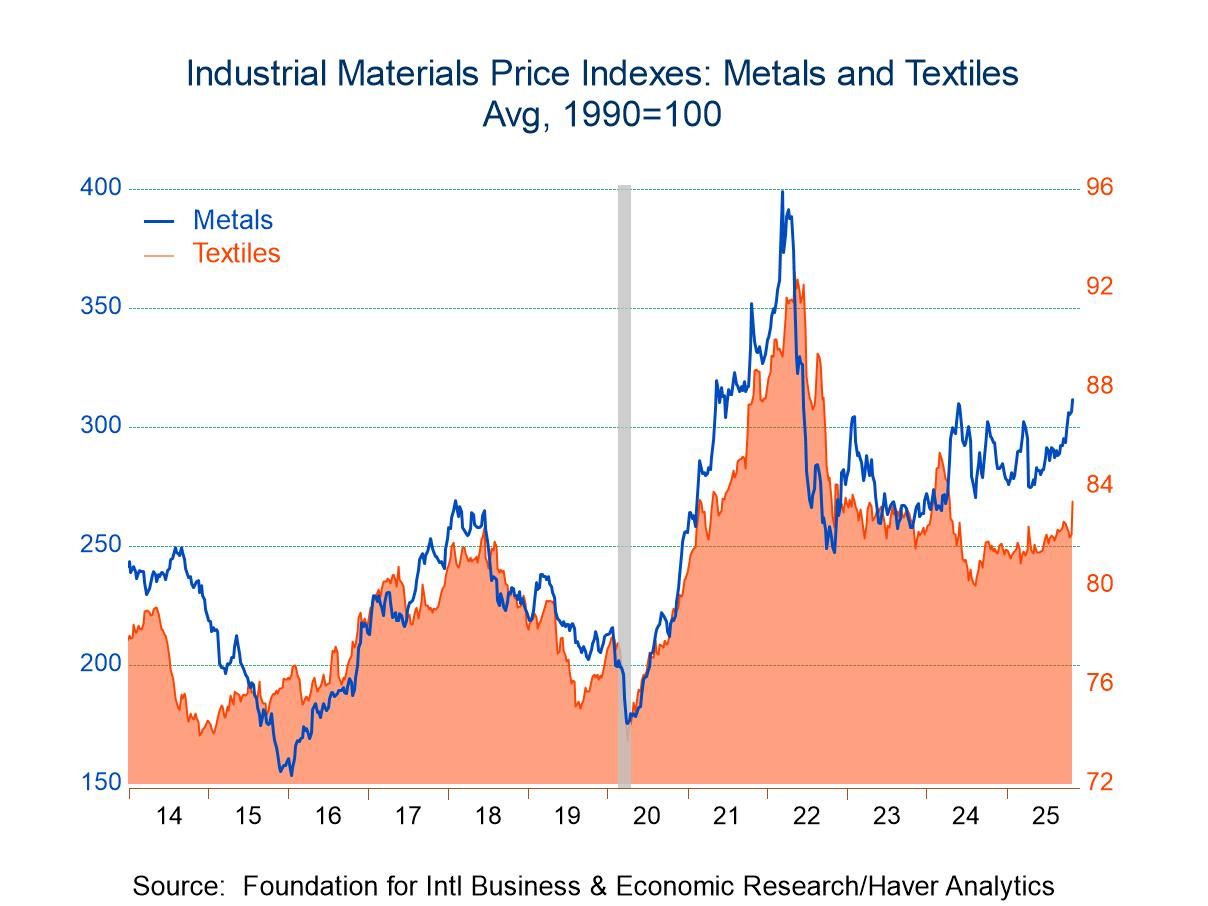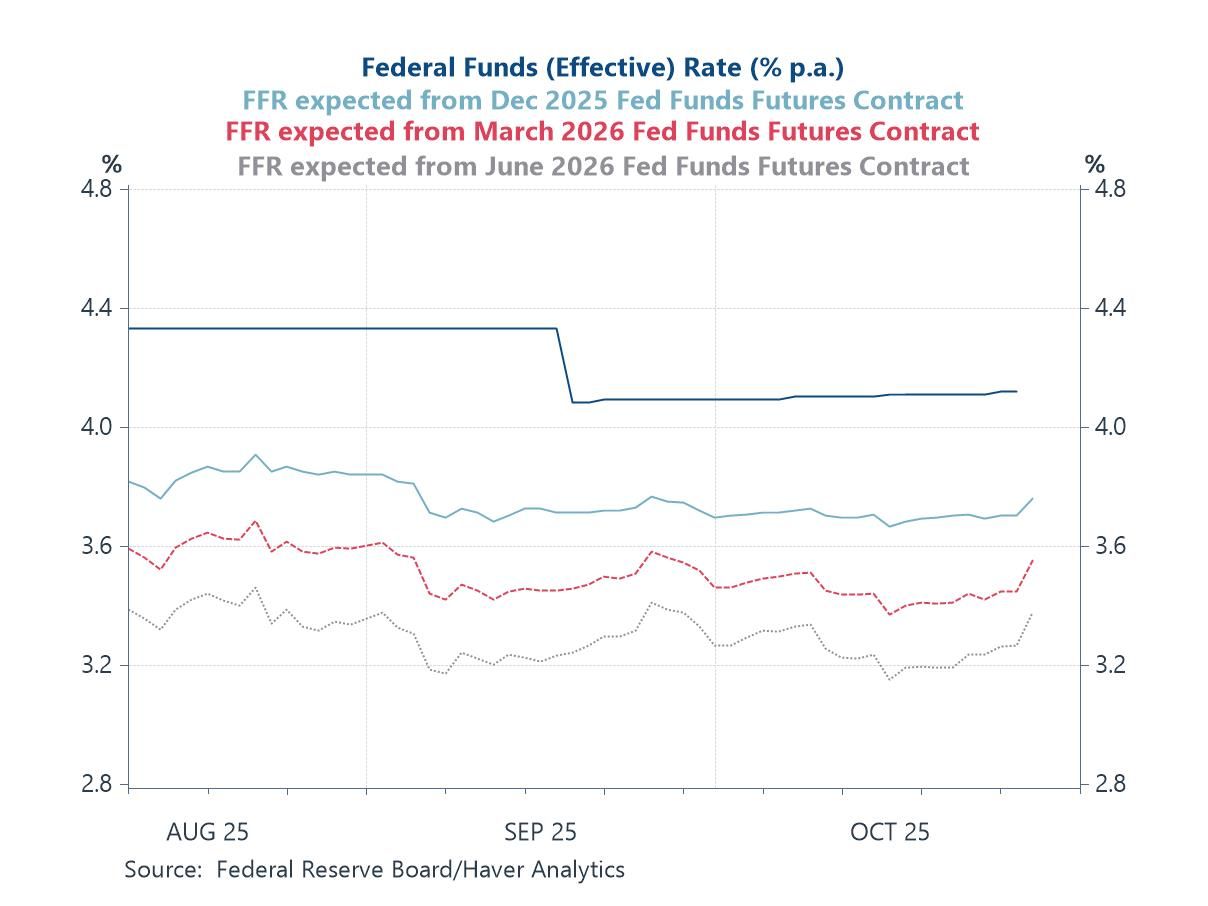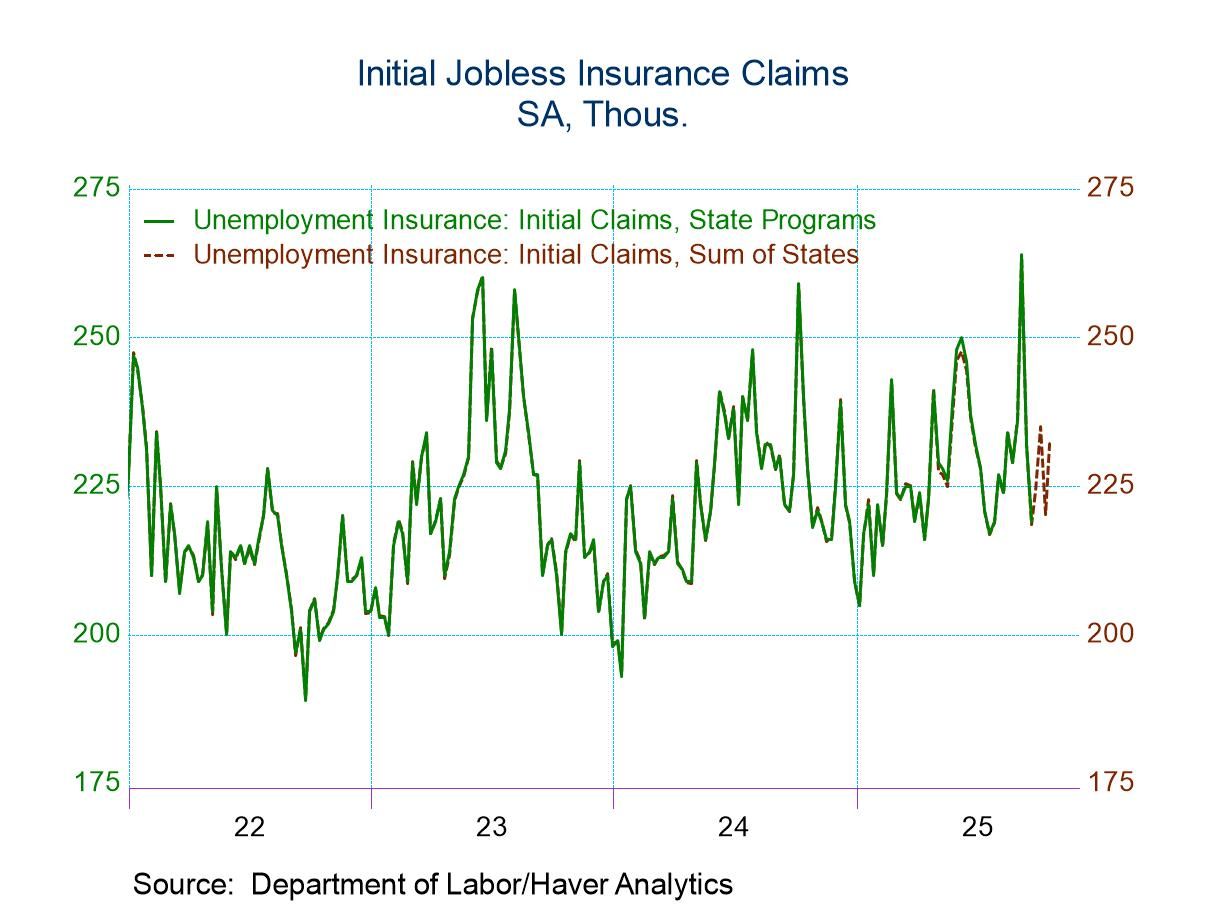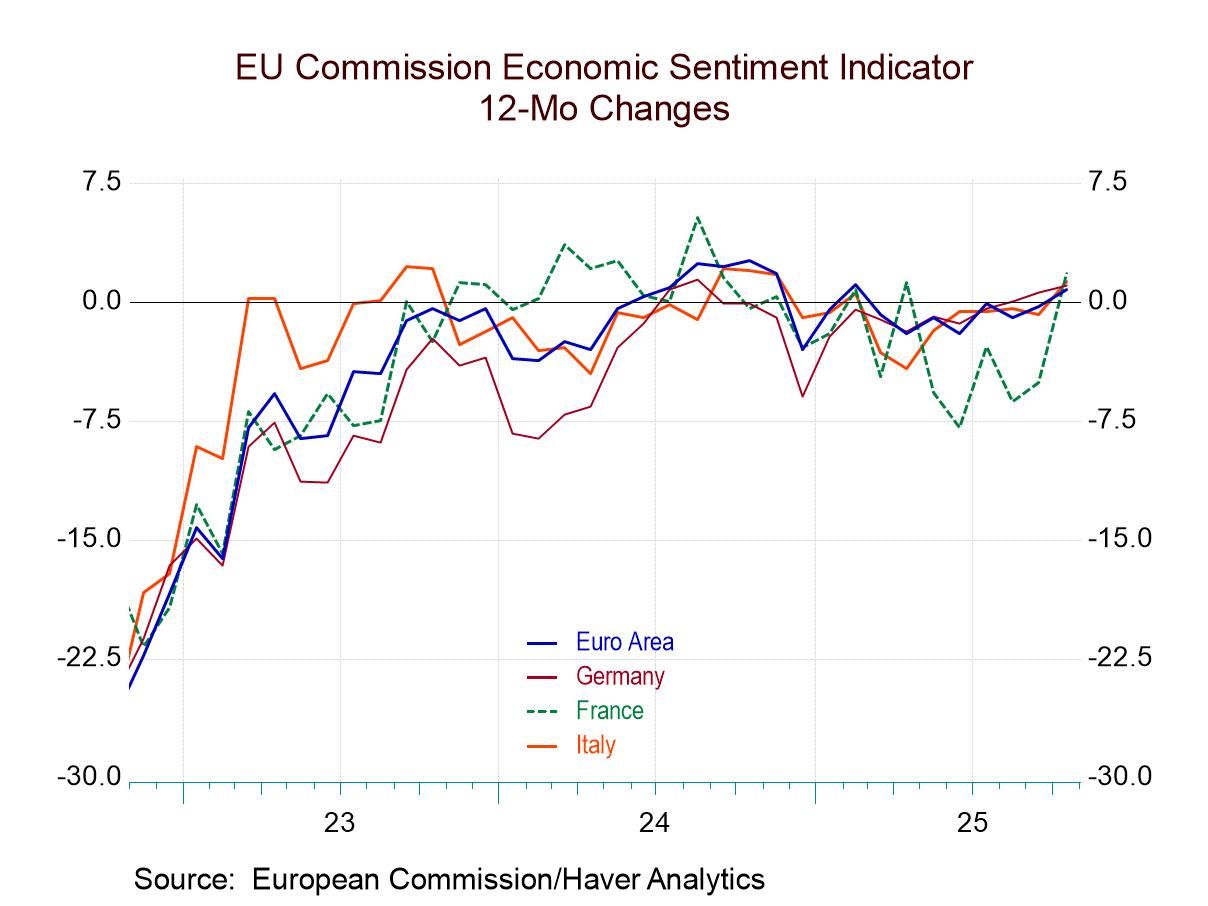Initial Claims Rose in the First Week of August
Summary
- Initial claims rose more than expected in the latest week.
- Continuing claims declined marginally.
- Insured unemployment rate holds steady at just 1.1%.


Initial claims for unemployment insurance were 248,000 seasonally adjusted in the week ending August 5, up from 227,000 in the week ending July 29. The four-week average was 231,000, up from 228,250 in the prior week. The Action Economics Forecast Survey had expected 230,000 new claims in the latest week.
In the July 29 week, the number of continued weeks claimed, or “insured unemployment,” was 1.684 million, down 8,000 from 1.692 million the week before. The latter week was revised from 1.700 million initially reported.
The insured unemployment rate, that is, continued claims as a percentage of covered employment, remained at 1.1% in the July 29 week for the third consecutive week. This compares with 1.2% that had prevailed from mid-April. The series low was 0.9% back in July 2022; the series began in 1971. During the recession of 2008-2009, the rate reached a high of 4.9%; during the pandemic period of early 2020, the rate reached an all-time high of 15.9%, although that was clearly due to a non-economic cause.
In the July 22 week, the total number of continued weeks claimed for all unemployment insurance programs was 1.852 million, slightly down from 1.861 million in the July 15 week. The recent high was 2.000 million in the week of February 25. These data are not seasonally adjusted; the total includes federal employees, newly discharged veterans, extended benefits and other specialized programs. Claims in programs related to the Covid pandemic are no longer included in the main Labor Department press release since those programs have expired.
The unemployment situation varies widely across the various states and territories. In the July 22 week, the highest state [and territory] rates were in New Jersey (2.6%), California (2.3%), Puerto Rico (2.2%), Rhode Island (2.1%), Massachusetts (2.0%), and Connecticut (1.9%). The lowest rates were in South Dakota (0.2%), Virginia, North Dakota, Kansas and Kentucky (all 0.4%), Florida, Iowa, Nebraska, New Hampshire, North Carolina, Tennessee and Wyoming (all 0.5%). Other sizable states were New York (1.9%), Oregon (1.8%), Pennsylvania (1.8%), Illinois (1.6%), Texas (1.2%) and Ohio (0.8%). These state data are not seasonally adjusted.
Data on weekly unemployment claims go back to 1967 and are contained in Haver's WEEKLY database; they are summarized monthly in USECON. Data for individual states are in REGIONW back to December 1986. The expectations figure is from the Action Economics Forecast Survey, in the AS1REPNA database.


Kathleen Stephansen, CBE
AuthorMore in Author Profile »Kathleen Stephansen is a Senior Economist for Haver Analytics and an Independent Trustee for the EQAT/VIP/1290 Trust Funds, encompassing the US mutual funds sponsored by the Equitable Life Insurance Company. She is a former Chief Economist of Huawei Technologies USA, Senior Economic Advisor to the Boston Consulting Group, Chief Economist of the American International Group (AIG) and AIG Asset Management’s Senior Strategist and Global Head of Sovereign Research. Prior to joining AIG in 2010, Kathleen held various positions as Chief Economist or Head of Global Research at Aladdin Capital Holdings, Credit Suisse and Donaldson, Lufkin and Jenrette Securities Corporation.
Kathleen serves on the boards of the Global Interdependence Center (GIC), as Vice-Chair of the GIC College of Central Bankers, is the Treasurer for Economists for Peace and Security (EPS) and is a former board member of the National Association of Business Economics (NABE). She is a member of Chatham House and the Economic Club of New York. She holds an undergraduate degree in economics from the Universite Catholique de Louvain and graduate degrees in economics from the University of New Hampshire (MA) and the London School of Economics (PhD abd).





 Global
Global
